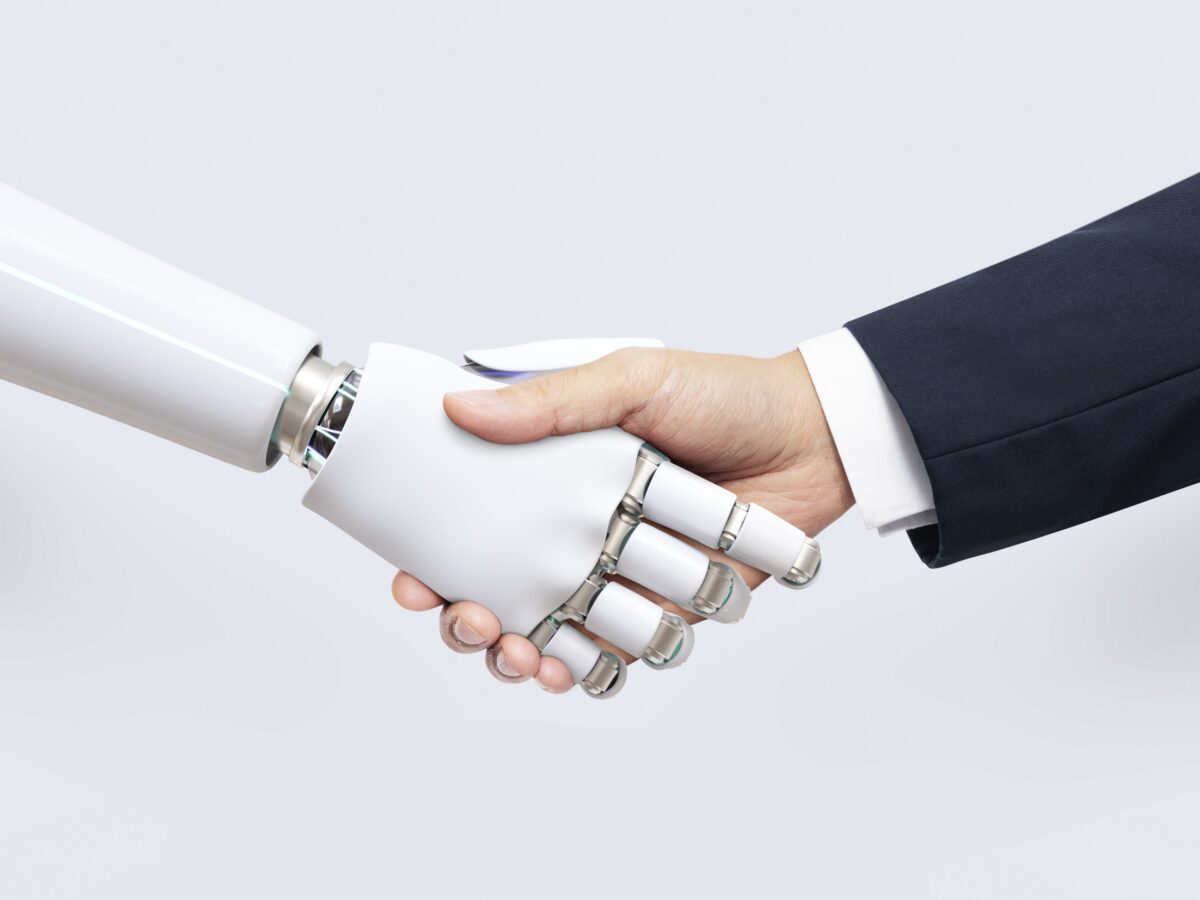In the ever-evolving landscape of the digital world, user experience (UX) is paramount. As technology advances, businesses are increasingly turning to artificial intelligence (AI) to not only enhance the user experience but also to predict and meet user needs before they even click. This transformative shift in the approach to UX is ushering in a new era of digital interaction. In this article, we will explore how AI is changing the game when it comes to user experience optimization and what businesses can do to stay ahead in this dynamic landscape.
The Traditional Approach to User Experience
Before delving into the realm of AI-driven user experience optimization, let’s take a step back and understand how UX has traditionally been approached:
| User-Centered Design: | The cornerstone of UX design has always been centered on the user. This approach involves extensive user research, usability testing, and iterative design to create digital products that are intuitive and user-friendly. |
|---|---|
| Responsive Design: | With the proliferation of mobile devices, responsive design became crucial. Websites and applications needed to adapt seamlessly to different screen sizes and orientations. |
| A/B Testing: | To fine-tune user experiences, businesses have employed A/B testing, where different versions of a webpage or app are tested with real users to determine which one performs better. |
| User Feedback: | Gathering feedback from users through surveys, ratings, and reviews has been a vital part of optimizing digital experiences. |
While these traditional methods are still relevant and essential, AI is introducing a paradigm shift by enabling a more proactive, personalized, and predictive approach to UX optimization.
The Role of AI in User Experience Optimization
Artificial intelligence, particularly machine learning, is revolutionizing the way businesses approach user experience optimization. Here’s how AI is making a significant impact:
| Personalization | AI analyzes user behavior and preferences to deliver personalized content, recommendations, and experiences. Whether it's suggesting products, articles, or music playlists, AI tailors interactions to the individual user, making the experience more engaging and relevant. |
|---|---|
| Predictive Analytics | AI can predict user behavior based on historical data. By analyzing patterns, AI can anticipate what users are likely to do next and adapt the interface or content accordingly. This predictive capability allows for proactive user engagement. |
| Chatbots and Virtual Assistants | AI-powered chatbots and virtual assistants provide instant support and information to users. They can answer queries, guide users through processes, and even handle transactions, improving overall user satisfaction. |
| Natural Language Processing (NLP) | NLP technology enables AI to understand and respond to human language. This enhances the conversational capabilities of chatbots and virtual assistants, making interactions more natural and intuitive. |
| Real-time Feedback | AI can analyze user interactions in real-time to detect issues and bottlenecks. Businesses can receive immediate feedback on the user experience, allowing for rapid adjustments and improvements. |
| Content Generation | AI can generate content, such as product descriptions or news articles, based on user interests and trends. This not only saves time but also ensures that content remains relevant and up-to-date. |
| User Behavior Analysis | AI can analyze vast amounts of user data to uncover insights about behavior, preferences, and pain points. These insights inform UX design decisions and help businesses better understand their audience. |
Real-World Examples of AI-Enhanced UX

AI-driven user experience optimization is already a reality across various industries. Here are a few examples of how AI is transforming user interactions:
1. E-Commerce:
Online retailers use AI to provide personalized product recommendations based on a user’s browsing and purchase history. This not only increases sales but also enhances the overall shopping experience.
2. Streaming Services:
Streaming platforms like Netflix and Spotify use AI to curate content playlists and recommendations tailored to individual user tastes. This keeps users engaged and coming back for more.
3. Healthcare:
Healthcare providers employ AI chatbots to offer immediate medical advice, appointment scheduling, and medication reminders. Patients receive better support, and healthcare organizations optimize their services.
4. Financial Services:
AI-powered virtual assistants in the financial sector help users manage their finances, from setting budgets to making investment decisions. These tools empower users to make informed choices.
5. Travel and Hospitality:
Travel booking websites use AI to provide personalized travel recommendations, including flights, hotels, and activities, based on user preferences and past bookings. This enhances the travel planning experience.
How Businesses Can Leverage AI for UX Optimization
To harness the power of AI in user experience optimization, businesses should consider the following steps:
| Data Collection and Analysis | Collect and store user data securely. Use AI to analyze this data to gain insights into user behavior, preferences, and pain points. |
|---|---|
| Implement Personalization | Leverage AI algorithms to deliver personalized content and recommendations to users. Ensure that users have control over their data and can adjust their preferences. |
| Embrace Chatbots and Virtual Assistants | Integrate AI-powered chatbots and virtual assistants into your digital platforms to provide real-time support and information to users. |
| Continual Testing and Improvement | Employ AI-driven A/B testing and real-time user feedback analysis to continuously optimize the user experience. Be agile in making improvements based on AI insights. |
| Stay Ethical and Transparent | Respect user privacy and data security. Clearly communicate how AI is used to enhance the user experience, and give users the option to opt out of personalized features. |
| Invest in AI Talent | Hire or train AI experts who can lead your AI-driven UX initiatives and stay up-to-date with the latest AI advancements. |
The Future of UX in the Age of AI
As AI continues to evolve, the possibilities for user experience optimization are boundless. AI-driven UX will become increasingly seamless, anticipatory, and integral to our digital lives. However, this future also raises ethical considerations, such as data privacy and the potential for AI to manipulate user behavior. Businesses will need to navigate these challenges while harnessing the full potential of AI to create truly exceptional user experiences.
In conclusion, we are witnessing a transformation in the world of user experience thanks to the power of artificial intelligence. Beyond the click, AI is reshaping how businesses interact with their users, providing personalized, predictive, and proactive experiences. As AI technology advances and becomes more accessible, staying at the forefront of AI-driven UX optimization will be a defining factor for businesses in the digital age.

